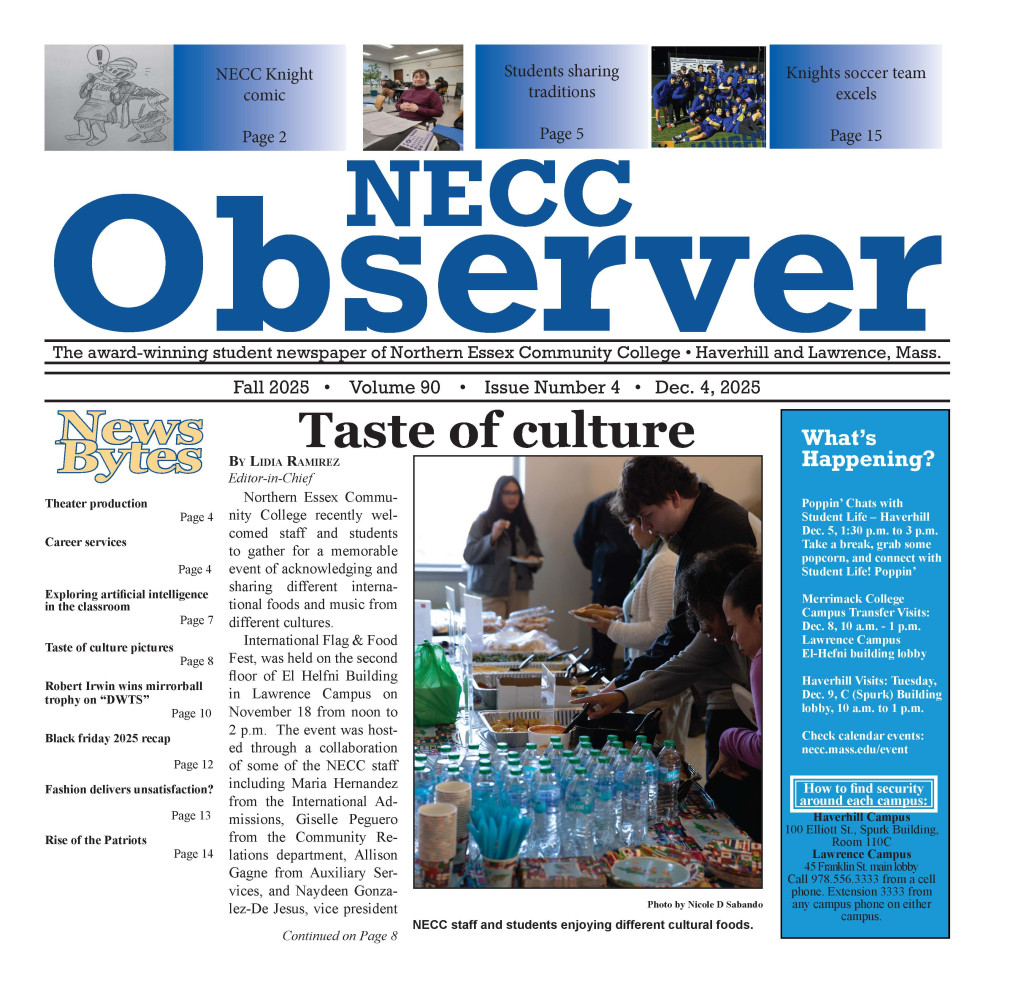The commencement of Donald Trump’s trial for alleged hush money payments unfolded with compelling revelations, key testimonies, and legal maneuvers, shaping the pivotal first week of this historic criminal case.
The trial’s initiation marked a significant milestone in the legal scrutiny surrounding Donald Trump’s alleged involvement in hush money payments. As the proceedings commenced, jurors were presented with extensive testimonies from key witnesses, shedding light on the intricate web of alleged financial transactions and efforts to conceal damaging information during the 2016 presidential election.
David Pecker’s Testimony: The former CEO of American Media, David Pecker, took the stand to provide insights into the editorial structure of the National Enquirer and detailed the level of oversight he had on the stories. His testimony included confirmation of phone numbers that the prosecution suggested could be relevant to the case. Pecker’s role in the alleged “catch-and-kill” scheme to suppress negative stories about Trump was a focal point in the early stages of the trial.
The prosecution, led by Manhattan District Attorney Alvin Bragg, outlined the crux of the case, emphasizing the allegations of a coordinated effort to conceal information that could have affected the 2016 election outcome. The prosecution’s case revolved around the assertion that Donald Trump falsified business records to obscure payments made to individuals involved in the alleged hush money agreements.
The prosecution detailed the case as a criminal conspiracy and cover-up, alleging that Trump orchestrated a scheme to withhold damaging information about his personal life, particularly an alleged affair with adult film star Stormy Daniels. The prosecution highlighted 34 “falsified” business records that were purportedly intended to conceal the true nature of the payments made to individuals involved in the alleged hush money agreements.
The trial’s early stages were marked by legal maneuvers, controversies, and challenges, underscoring the intense legal and procedural dynamics at play. Notably, the contentious issue of a gag order and the prosecution’s allegations of Trump’s violations added further complexity to the unfolding legal proceedings.
Violations and Prosecution’s Request: The prosecution accused Trump of “willfully and flagrantly” violating the gag order by making public statements about potential witnesses in the case, prospective jurors, and court staff. This led to a request by the prosecution for Trump to be held in contempt of court and fined for the alleged violations. The judge’s decision on this matter added a layer of legal scrutiny and procedural intricacies to the trial’s early phase.
The conclusion of the first week of the trial set the stage for ongoing legal proceedings, witness testimonies, and potential developments that would continue to shape the trajectory of this landmark case. Additionally, the trial’s political implications and Trump’s bid for a potential return to the White House added further layers of significance to the unfolding legal drama.
Court personnel and lawyers from both sides anticipated that the trial would last between six and eight weeks, with proceedings generally scheduled for four days a week. As the prosecution continued to present its case and the defense prepared its strategies, the trial’s expected duration and the evolving legal strategies set the stage for a protracted and complex legal battle.
The first week of Donald Trump’s trial for hush money payments was characterized by compelling witness testimonies, the prosecution’s allegations of criminal conspiracy, legal controversies surrounding a gag order, and the anticipated duration of the trial. These developments set the stage for a prolonged legal battle with significant political and legal implications.

